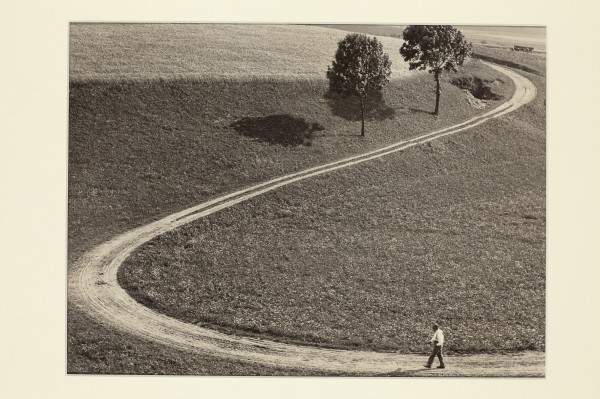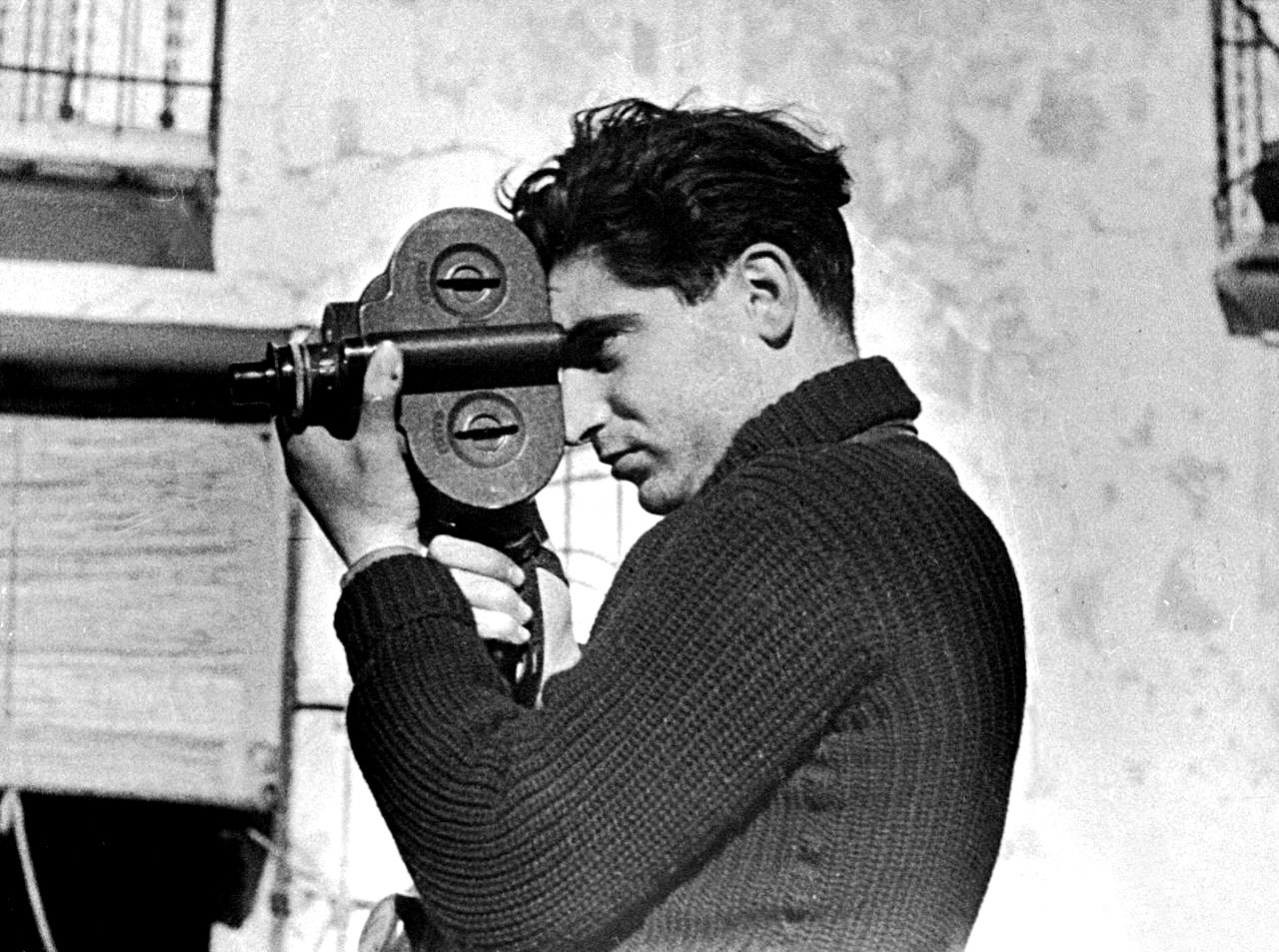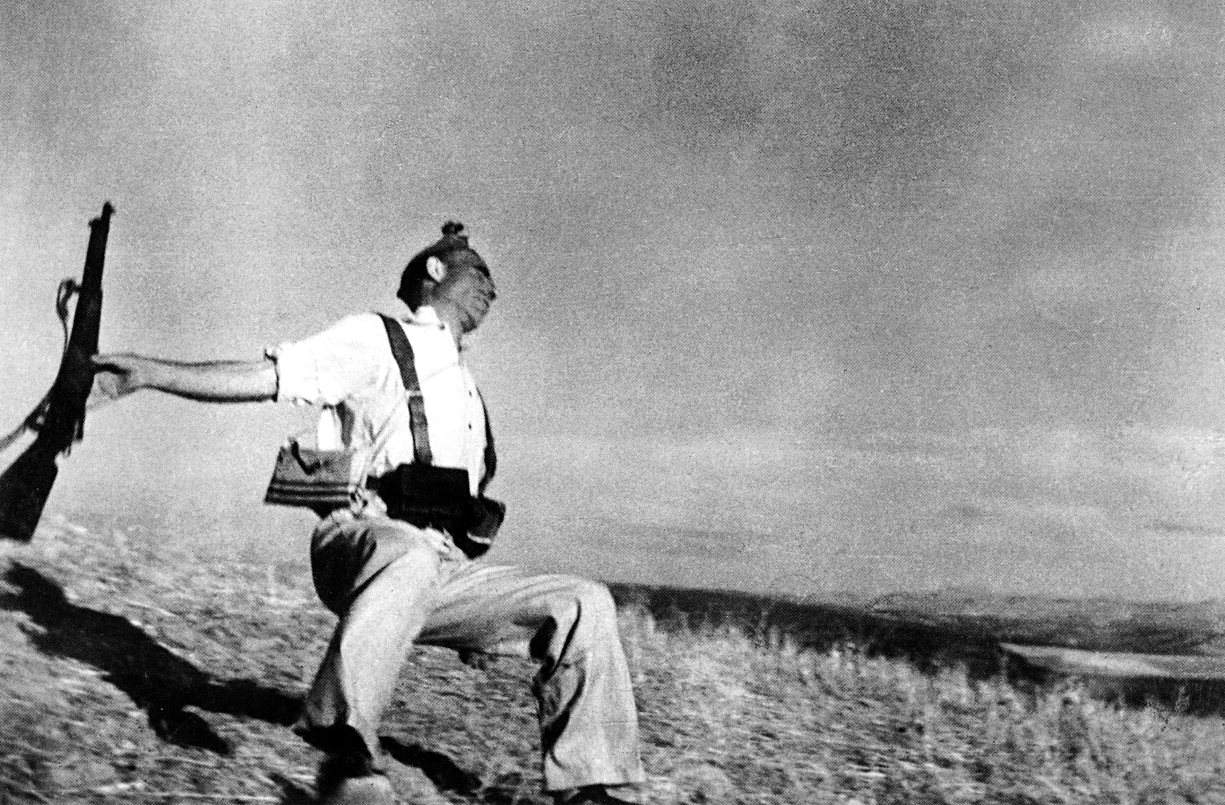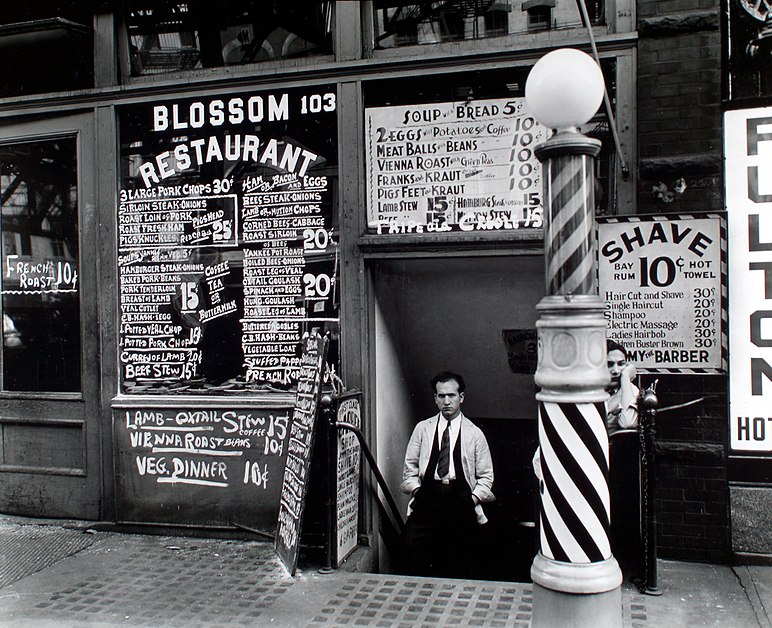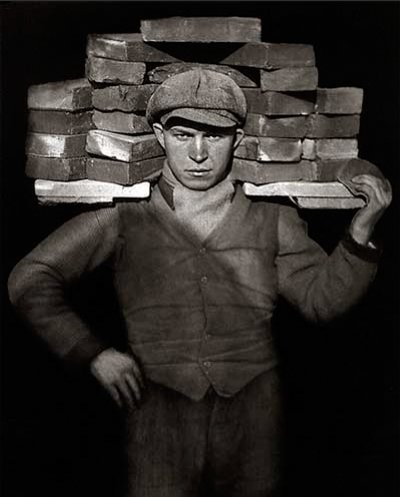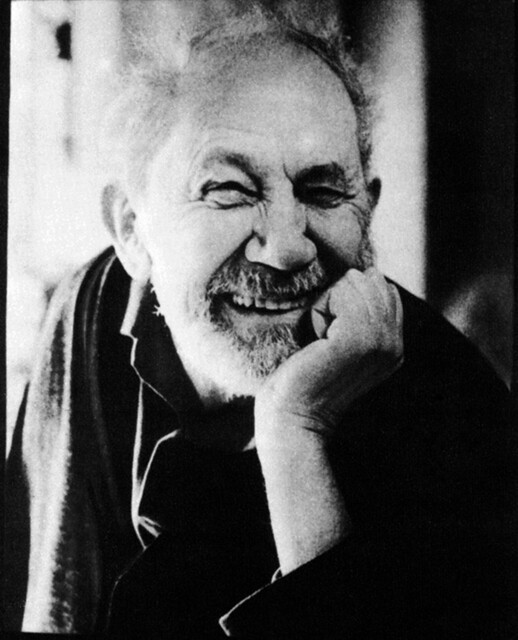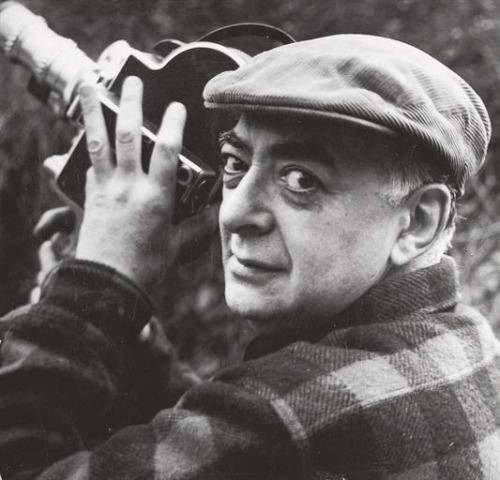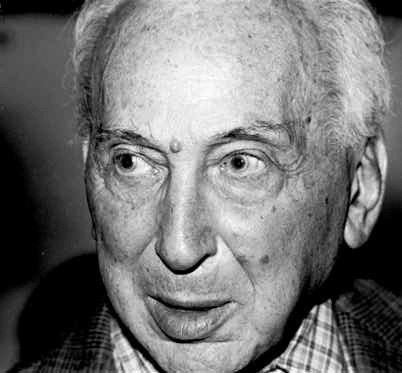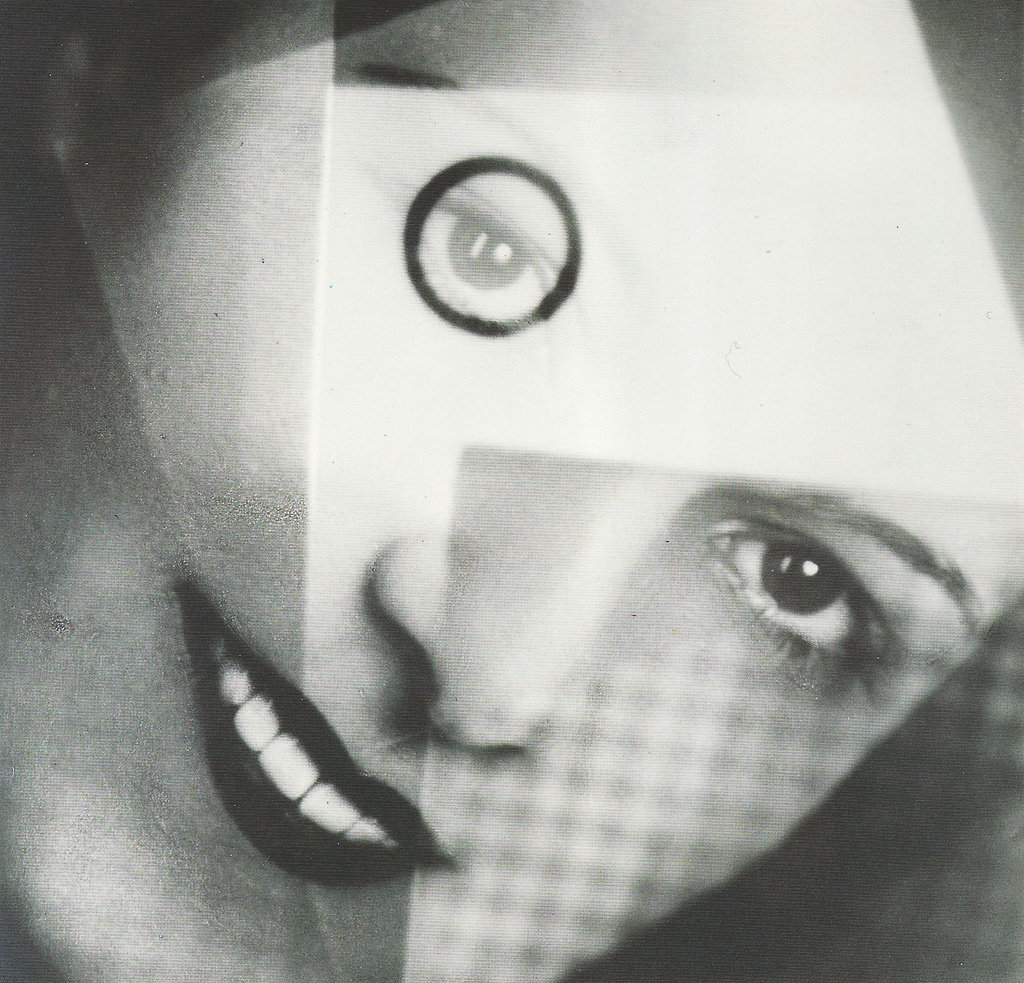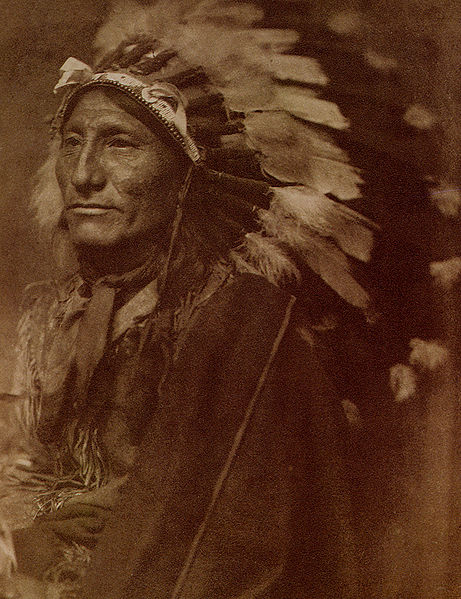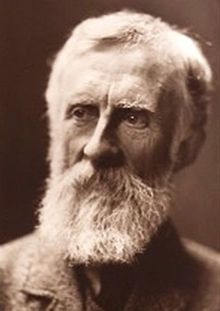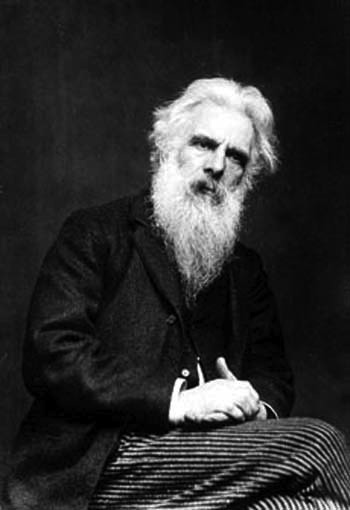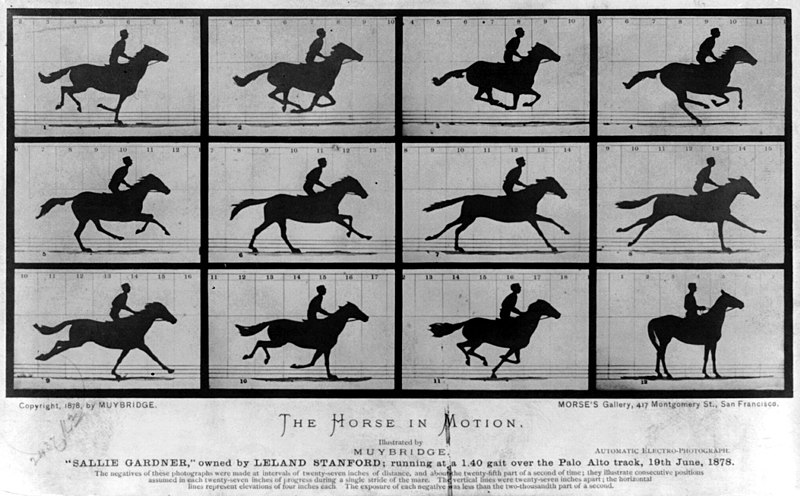Tuesday, February 7, 2012
Miroslav Hák
Miroslav Hák (1911 – 1978) was a Czech photographer. He was one of the members of Group 42.Miroslav Hak was one of the most outstanding figures in the history of Czech modern photography and ranked among the innerly rich and actually never fully recognized and recognizable personalities in the sphere of art.
Robert Capa
Robert Capa (born Endre Ernő Friedmann; 1913 – 1954) was a Hungarian combat photographer and photojournalist who covered five different wars: the Spanish Civil War, the Second Sino-Japanese War, World War II across Europe, the 1948 Arab-Israeli War, and the First Indochina War. He documented the course of World War II in London, North Africa, Italy, the Battle of Normandy on Omaha Beach and the liberation of Paris. His action photographs, such as those taken during the 1944 Normandy invasion, portray the violence of war with unique impact. In 1947, Capa co-founded Magnum Photos with, among others, the French photographer Henri Cartier-Bresson. The organization was the first cooperative agency for worldwide freelance photographers.
Paul Strand
Paul Strand (1890 – 1976) was an American photographer and filmmaker who, along with fellow modernist photographers like Alfred Stieglitz and Edward Weston, helped establish photography as an art form in the 20th century. His diverse body of work, spanning six decades, covers numerous genres and subjects throughout the Americas, Europe and Africa.
Margaret Bourke-White
Margaret Bourke-White (1904 – 1971) was an American photographer and documentary photographer. She is best known as the first foreign photographer permitted to take pictures of Soviet Industry, the first female war correspondent (and the first female permitted to work in combat zones) and the first female photographer for Henry Luce's Life magazine, where her photograph appeared on the first cover. She died of Parkinson's disease about eighteen years after she developed her first symptoms.
Edward Weston
Edward Henry Weston (1886 – 1958) was a 20th century American photographer. He has been called "one of the most innovative and influential American photographers…" and "one of the masters of 20th century photography." Over the course of his forty-year career Weston photographed an increasingly expansive set of subjects, including landscapes, still lifes, nudes, portraits, genre scenes and even whimsical parodies. It is said that he developed a "quintessentially American, and specially Californian, approach to modern photography" because of his focus on the people and places of the American West. In 1937 Weston was the first photographer to receive a Guggenheim Fellowship, and over the next two years he produced nearly 1,400 negatives using his 8 × 10 view camera. Some of his most famous photographs were taken of the trees and rocks at Point Lobos, California, near where he lived for many years.
Brassaï
Brassaï (pseudonym of Gyula Halász) (1899 – 1984) was a Hungarian photographer, sculptor, and filmmaker who rose to international fame in France in the 20th century. He was one of the numerous Hungarian artists who flourished in Paris beginning between the World Wars. In the early 21st century, the discovery of more than 200 letters and hundreds of drawings and other items from the period 1940-1984 has provided scholars with material for understanding his later life and career.
André Kertész
André Kertész (1894 – 1985), born Kertész Andor, was a Hungarian-born photographer known for his groundbreaking contributions to photographic composition and the photo essay. In the early years of his career, his then-unorthodox camera angles and style prevented his work from gaining wider recognition. Kertész never felt that he had gained the worldwide recognition he deserved. Today he is considered one of the seminal figures of photojournalism.
Man Ray
Man Ray (1890 – 1976), born Emmanuel Radnitzky, was an American artist who spent most of his career in Paris, France. Perhaps best described simply as a modernist, he was a significant contributor to both the Dada and Surrealist movements, although his ties to each were informal. Best known in the art world for his avant-garde photography, Man Ray produced major works in a variety of media and considered himself a painter above all. He was also a renowned fashion and portrait photographer. He is noted for his photograms, which he renamed "Rayographs" after himself.
Jaromír Funke
Jaromír Funke (1896–1945) was a Czech photographer.Funke was a leading figure in Czech photography in the 1920s and 30s.
In 1924 he, Josef Sudek and Adolf Schneeberger founded the Czech Photographic Society. Funke headed the photography department at the School of Arts and Crafts in Bratislava and was editor of the journal Fotografický obzor (Photographic Horizons) for several years.
In 1924 he, Josef Sudek and Adolf Schneeberger founded the Czech Photographic Society. Funke headed the photography department at the School of Arts and Crafts in Bratislava and was editor of the journal Fotografický obzor (Photographic Horizons) for several years.
Walker Evans
Walker Evans (1903 – 1975) was an American photographer best known for his work for the Farm Security Administration (FSA) documenting the effects of the Great Depression. Much of Evans's work from the FSA period uses the large-format, 8x10-inch camera. He said that his goal as a photographer was to make pictures that are "literate, authoritative, transcendent".
Vladimír Jindřich Bufka
Vladimír Jindřich Bufka (1887 - 1916) was a Czech photographer and popularizer of photography as well as an important exponent of pictorialism in Czech photography during the early 20th century.Bufka's creative works span a wide range; he practiced landscape photography, architectural photography, photojournalism, still life photography, portrait photography, astrophotography and photomicrography. He was familiar with various photography techniques of the time including gum bichromate, platinum print, bromoil process and autochrome. He also gave lectures and seminars on photography, contributed to various specialized magazines and published a number of books.
André-Adolphe-Eugène Disdéri
André-Adolphe-Eugène Disdéri (28 March 1819, Paris — 4 October 1889) was a French photographer who started his photographic career as a daguerreotypist but gained greater fame for patenting his version of the carte de visite, a small photographic image which was mounted on a card. Disdéri, a brilliant showman, made this system of mass-production portraiture world famous.
Eadweard J. Muybridge
Eadweard J. Muybridge (1830 – 1904) was an English photographer who spent much of his life in the United States. He is known for his pioneering work on animal locomotion which used multiple cameras to capture motion, and his zoopraxiscope, a device for projecting motion pictures that pre-dated the flexible perforated film strip.
Henry Peach Robinson
Henry Peach Robinson (1830 – 1901) was an English pictorialist photographer best known for his pioneering combination printing - joining multiple negatives to form a single image, the precursor to photomontage. (This technique was first established in 1857 by Oscar Gustave Rejlander of Wolverhampton.)
Subscribe to:
Posts (Atom)
